As Qui-Gon Jinn discovered inThe Phantom Menaceas heleft the Gungan City,Star Wars is filled with wonderful and exotic creatures -but we’re always discovering unusual animals in our own animal kingdom. There are some particularly geeky biologists out there who jump at the opportunity to classify a new species after their favouriteStar Warscharacters. Here are some of our favourites:
1
Peckoltia greedoi
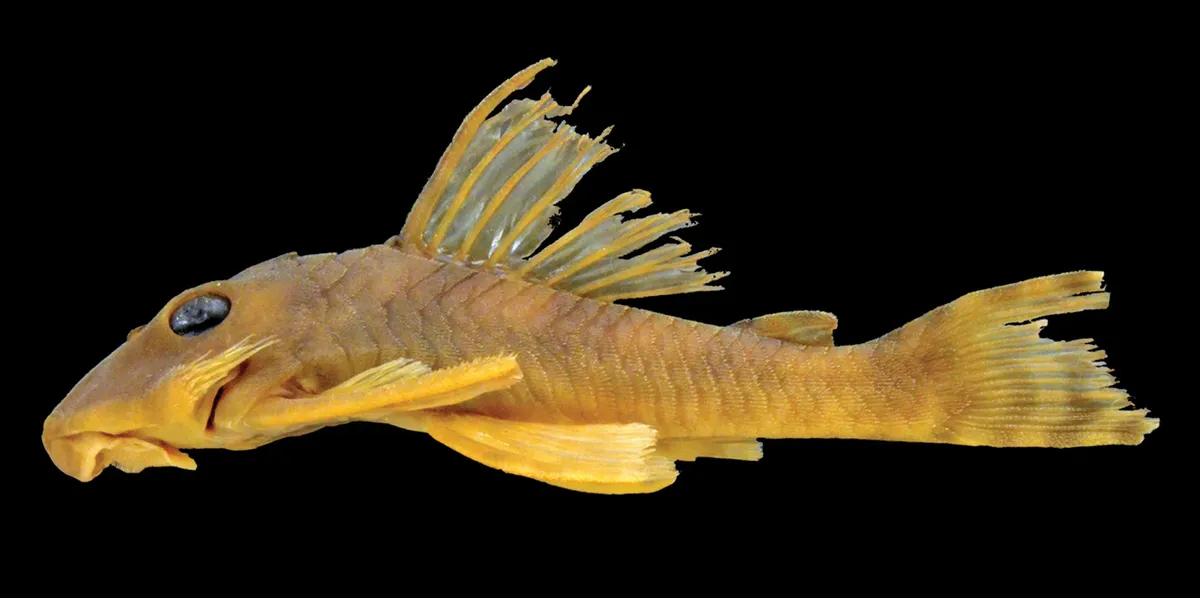
Sharing a “remarkable resemblance” (those are the wordsinthe study, not ours) to Greedo fromStar Wars: A New Hope, thePeckoltia greedoiis an armoured catfish that lives in the rio Gurupi drainage of Brazil. Having fins instead of fingers would suggest there would be no argument as towho shot first.
2
Skywalker hoolock gibbon (Hoolock tianxing)
Scientists discover new primate species! (YouTube/ZSL - Zoological Society of London)
Some might consider being one with the Force a somewhat spiritual experience, and the nametianxinggiven to the 200 or so known specimens translates to heaven’s movement, or skywalker. So what more apt a name chosen by a bunch of Star Wars fans for anewly-described primateknown for swinging through trees. Needless to say themain man himselfwas delighted…
3
Hamamas tube-nosed fruit bat (Nyctimene wrightae)
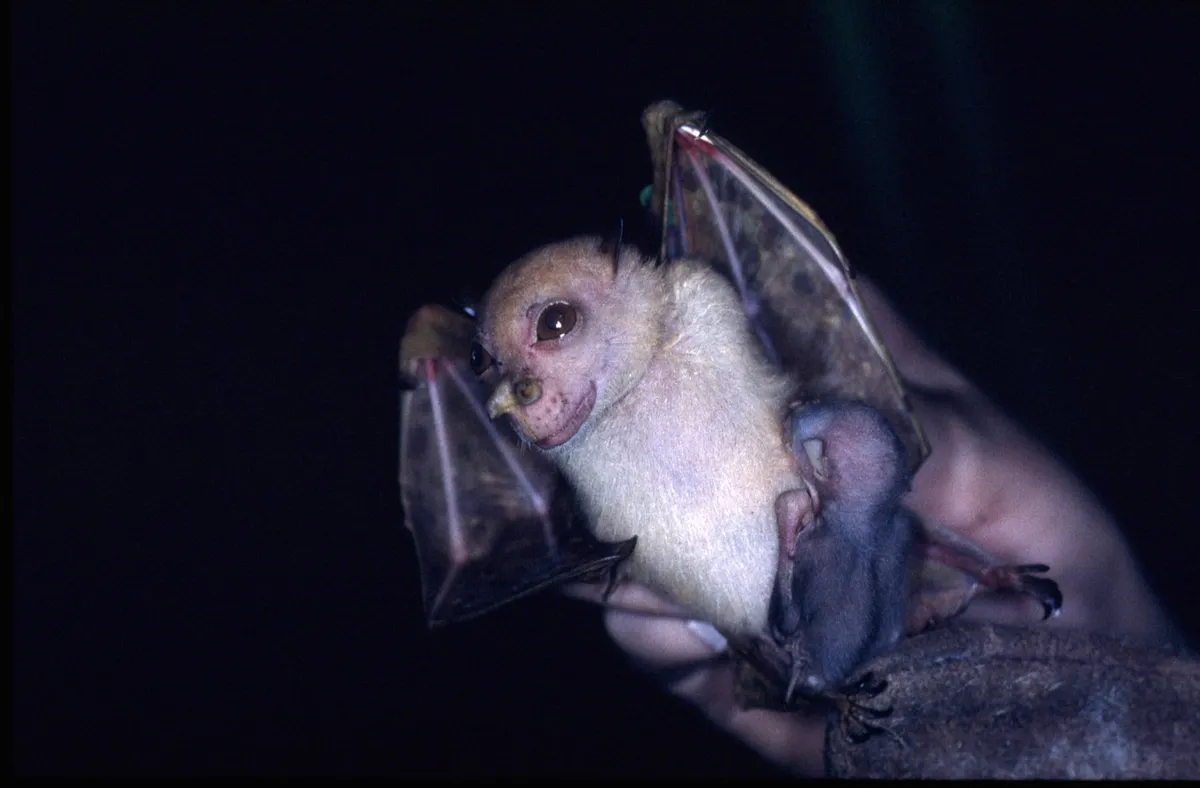
University of York“When 250 years old you are, look as good, you will not” is probably what this critter was saying when it was affectionately known as the Yoda bat. Although the nickname given to it because of its similarities to the Jedi Master is relatively recent, it had gone without a classification since 1769 until a2017 studyfinally gave it a name - the hamamas tube-nosed fruit bat (Nyctimene wrightae). Hamamas means ‘happy’ in the local Papua New Guinea language - apt, as the bat’s broad, round jaw makes it look like it’s constantly smiling.
4
Aptostichus sarlacc
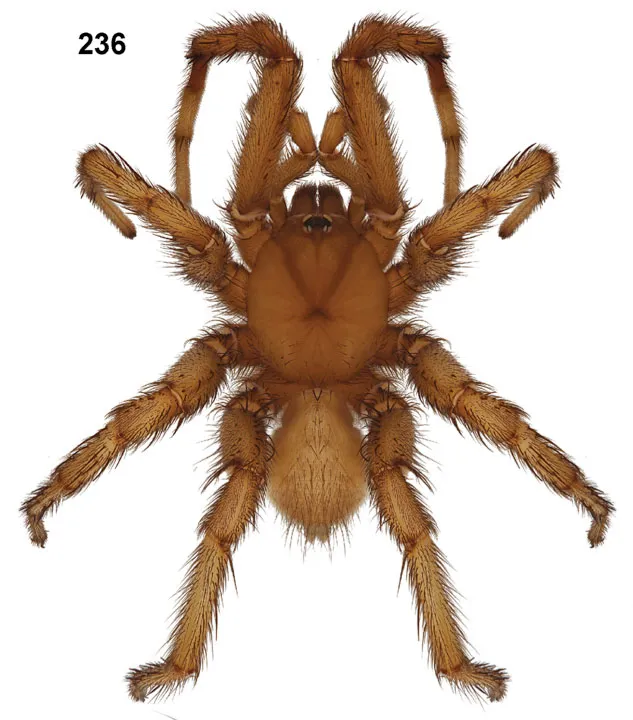
TheAptostichusgenus of trapdoor spiders reads like a who’s-who of celebrity spiders, with the likes of Angelina Jolie, Barack Obama and Bono all having species named after them. Given the company,we’re not sure how they how they would feel about being lumped in with theAptostichus sarlacc, named after Tatooine’s bounty hunter-gobblingSarlacc monster fromReturn of the Jedi.
5
Trigonopterus chewbacca
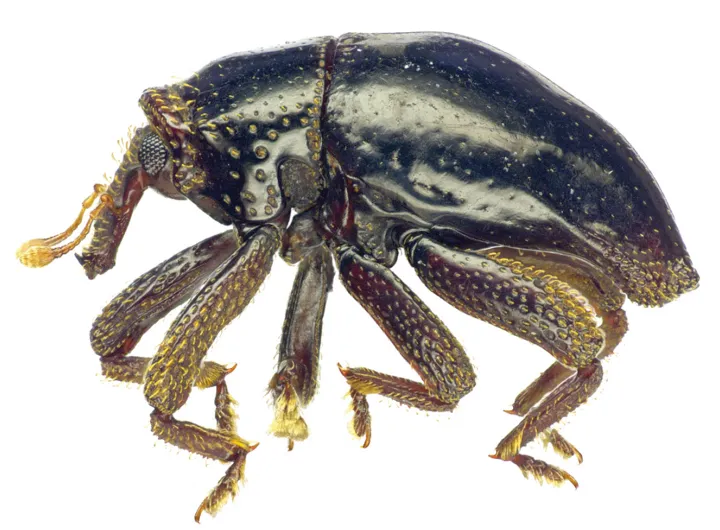
Why would a small, hard beetle from Papua New Guinea be named after the huge, loveable (but not to be messed-with) fuzzball from Star Wars? According to the2016 study“this species has dense scales on the head and the legs, which reminds the authors of Chewbacca’s dense fur”.
Yep, meneither…
6
Wockia chewbacca
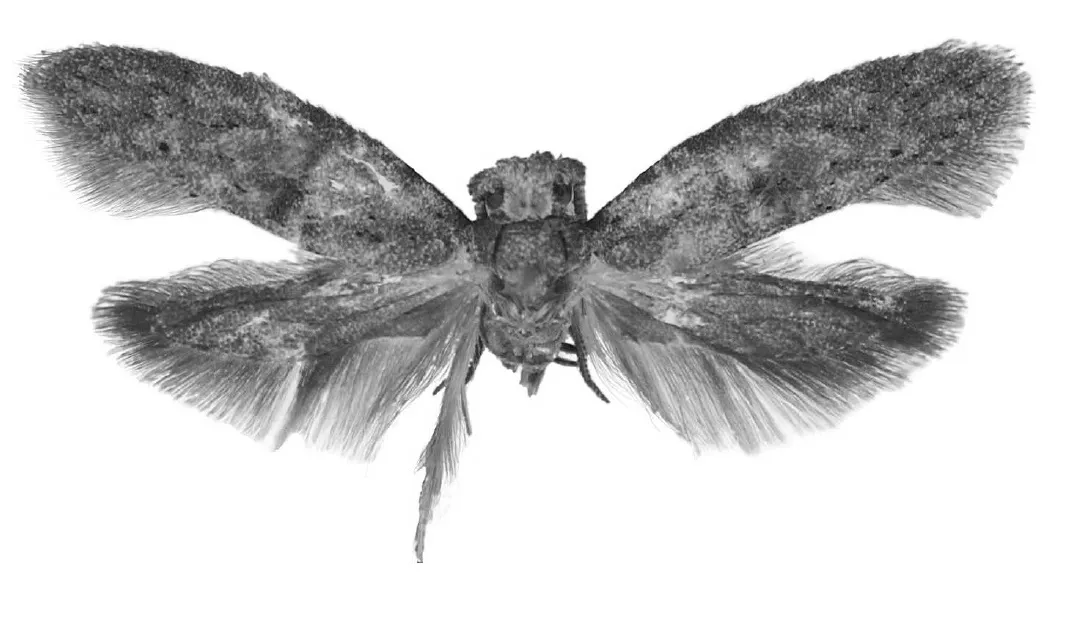
Sticking with Chewie, at least like its namesake theW. chewbaccais hairy - but that’s where the resemblance ends. Instead of flying through the galaxy at the helm of the Millennium Falcon, this tinymoth with a wingspan little over 10mm flutters around the dry forests of Mexico.
7
Xenokeryx amidalae
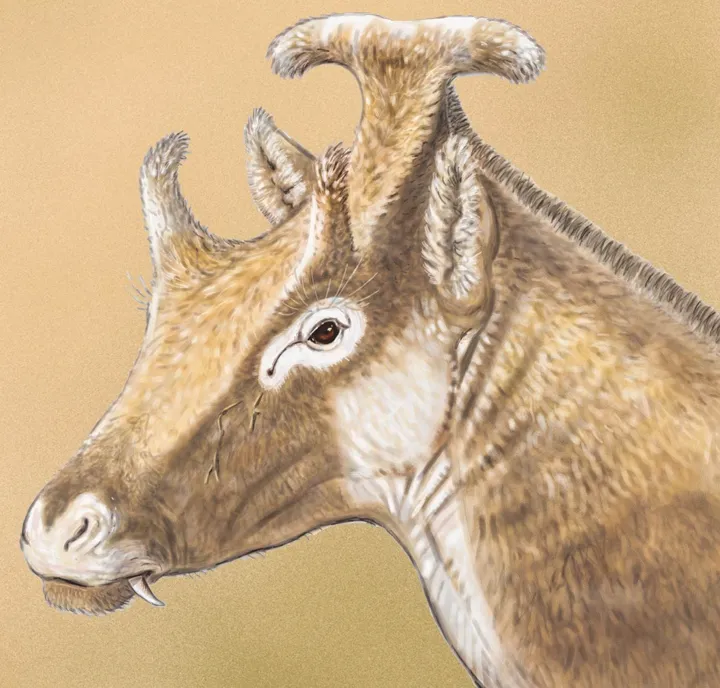
Padmé Amidala is easily one of the most stylish characters to emerge from the Star Wars universe, so one could imagine her joy at having a 16-million-year-old extinct ruminant in the same class as the giraffe after her.For why?we hear you ask. Well according to the2015 paperit’s because of the “striking resemblance that the occipital appendage of Xenokeryx bears to one of the hairstyles that the aforementioned character shows inThe Phantom Menacefeature film”. We guess it was either her or Bjork then.
8
Tetramorium jedi
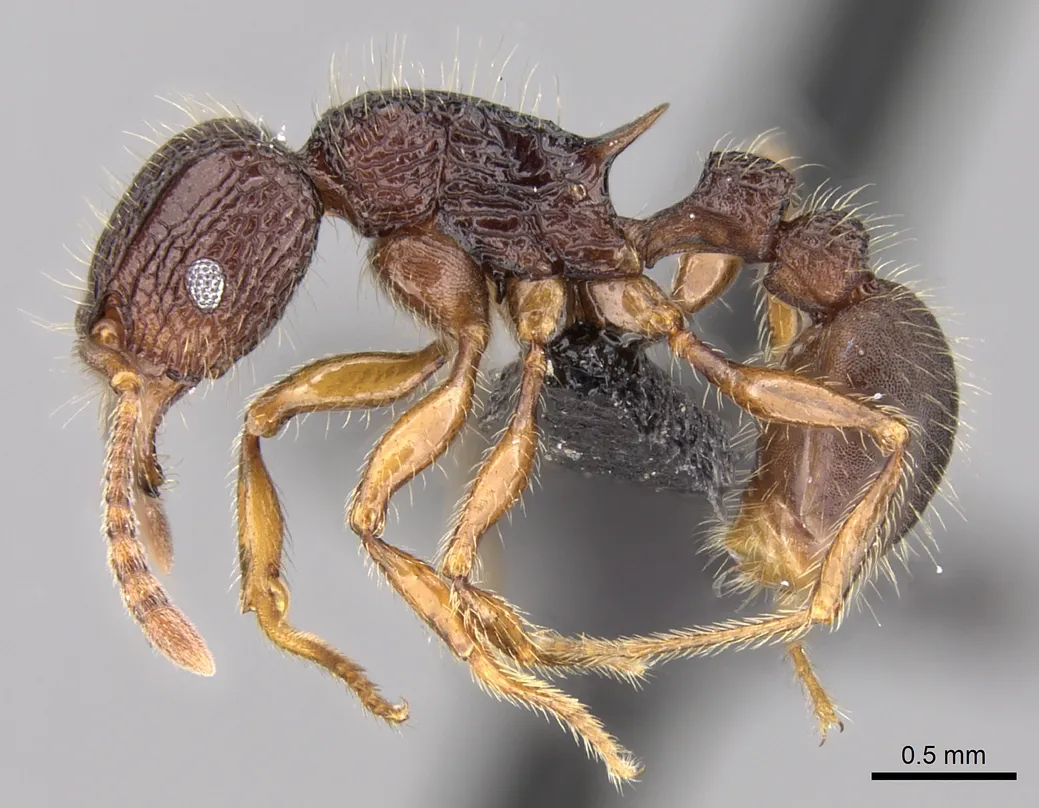
Star Wars: Revenge of the Sithproved that for the Jedi, strength doesn’t necessarily come in numbers. Ants though, that’s a completely different story (there are lots of them). These Madagascan ants must have more than just numbers though,they were namedafter “the fictional, noble, and wise guardians of peace from the “Star Wars” universe created by George Lucas”.
9
Yoda purpurata
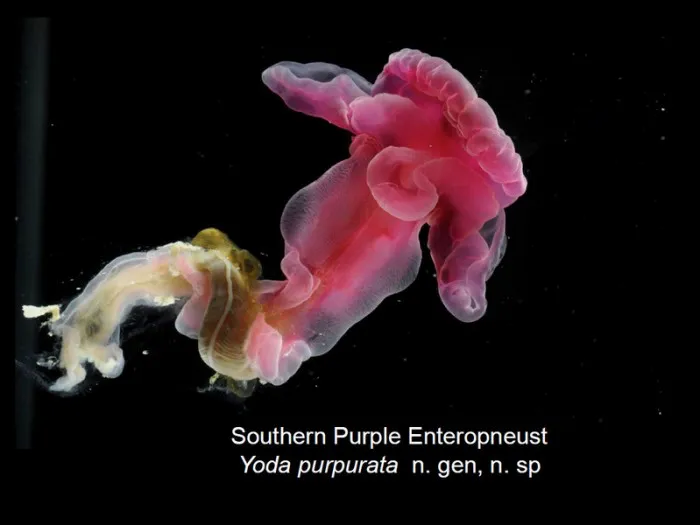
We reckon Yoda is a sort of beige-green colour, which why we’re baffled as to why this purple acorn worm found in the North Atlantic Ocean was named after the little Jedi. As far as worms go it’s not even that small, at 12-19cm, so maybe the fact it is the only known member of the acorn worm family to be hermaphroditic that provided the inspiration. Well we don’t know anything about Yoda’s love life do we…!?
10
Midichloria mitochondrii
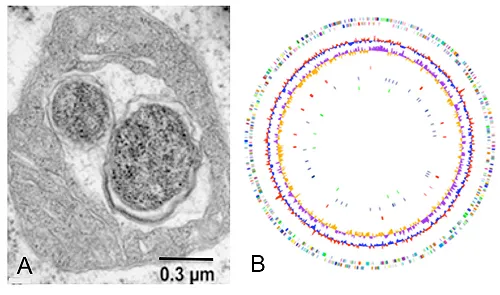
One of the more controversial things that George Lucas introduced to the second trilogy of Star Wars movies was the idea of Midi-chlorians – microscopic living organisms that live in the body that in sufficient volumes allow their host to work as one with the Force. Some would say that this takes the spiritual mysticism away from the whole concept of the all-powerful energy that is pivotal to the films and makes it sound more like having a virus – others go ahead and name “an intracellular bacterium with the unique ability to enter mitochondria…in the European vector of Lyme disease, the hard tick Ixodes ricinus” after them. No prizes for guessing wherethese biologistssit on the Midi-chlorian debate.
11
Han Solo
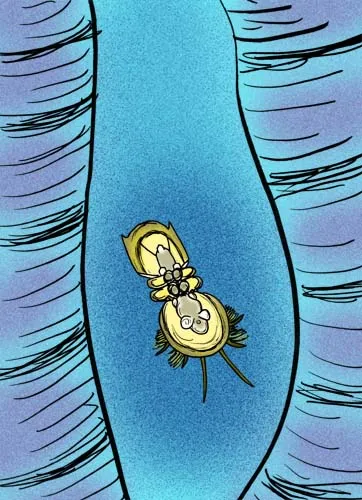
There is a genus of extinct trilobite calledHan, so it was only a matter of time before someone assigned the speciesSoloto it. That person was Samuel Turvey, who in his2004 papersaid it warranted the name Solo as the fossil is the youngest and the last surviving member of that family. It had nothing to do withfriends daring himto name it after the Star Wars hero…
Follow Science Focus onTwitter,Facebook, Instagramand Flipboard

